Shape of Light: 100 Years of Photography and Abstract Art at Tate Modern
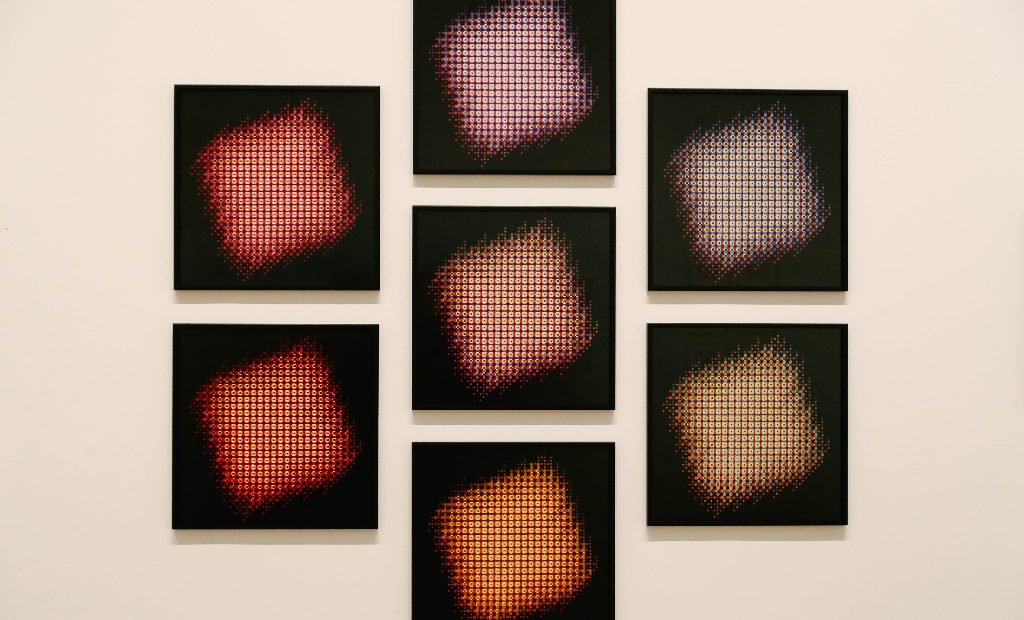
What do we mean by abstraction, and when does an image become abstracted? These are the questions – key to the history of twentieth-century art – that are explored by the new exhibition at Tate Modern, Shape of Light: 100 Years of Photography and Abstract Art.
Photography is a medium that has the ability to make the familiar unfamiliar, to push our understanding of an object to its limits. As the new show illustrates, abstraction can be achieved through arranging geometric shapes – in the style of Marta Hoepffner’s 1930s photograms (appropriately displayed next to a Kandinsky painting). Other early photographers such as Alfred Steiglitz used representational images as an abstract way of expressing an emotional state. Then there was Man Ray, whose photograms – which he narcissistically dubbed “rayograms” – use everyday objects to create striking abstract patterns.
The conceptual means by which artists have taken the subject matter and processes of photography and abstracted them are extraordinary, and these practices have resulted in a wealth of beautiful, intriguing and challenging images. Walking through the Tate’s story of photographic and artistic practices, the exhibition-goer’s attention is repeatedly caught by unexpected details and nuances of surface and texture.
As the title suggests, the display deals primarily with photography, but places it firmly in the context of other media, incorporating examples of painting, sculpture and multi-media art to create an interwoven narrative of the development of abstraction across disciplines. This is a strength of the exhibition and fits with Tate’s long-term aim to combine the histories of photography and other art forms.
However, despite the inclusion of non-photographic works by Brancusi and Carl Andre (among others), the show still feels as though it is intended primarily for a slightly nerdy audience of camera buffs. The curation and argumentation are meticulous and precise, but there is no escaping the fact that many of these monochrome works look markedly similar, and the positioning of photographic work in the context of art history is almost too subtle at times.
This slight feeling of sameness is relieved by the final room, however, which is dedicated to contemporary art practices (where the differentiation between media has been effectively broken down). Almost for the first time, we find some colour, with Maya Rochat’s brightly engaging The Rock Is A River exhibited alongside genuinely innovative uses of monochrome photographic processes by contemporary artists such as Antony Cairns and Daisuke Yokota.
Anna Souter
Photos: Mike Garnell
Shape of Light: 100 Years of Photography and Abstract Art is at Tate Modern from 2nd May until 14th October 2018. For further information visit the exhibition’s website here.



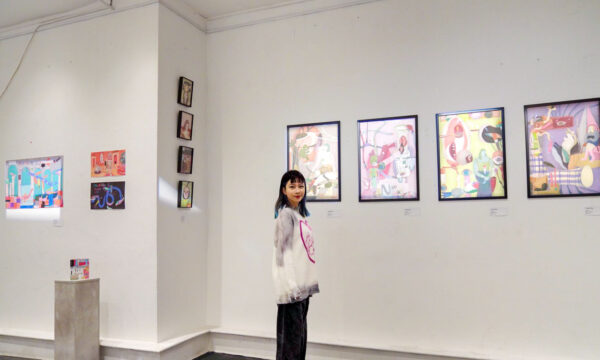
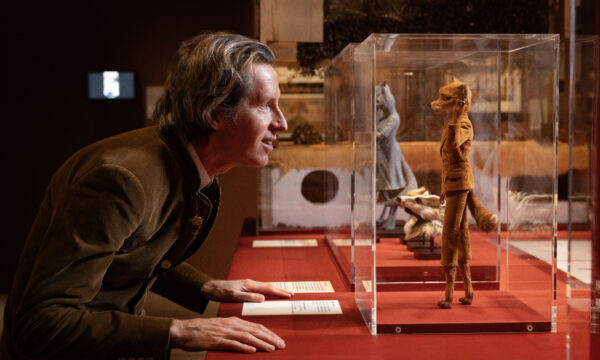
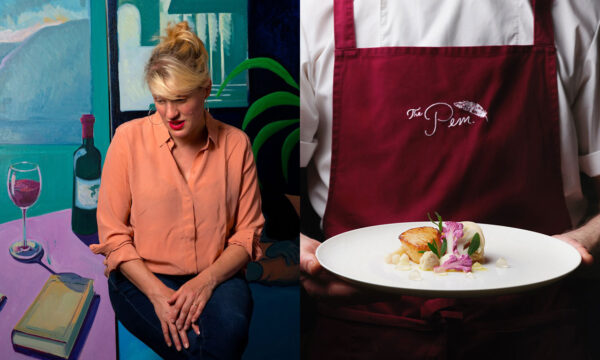
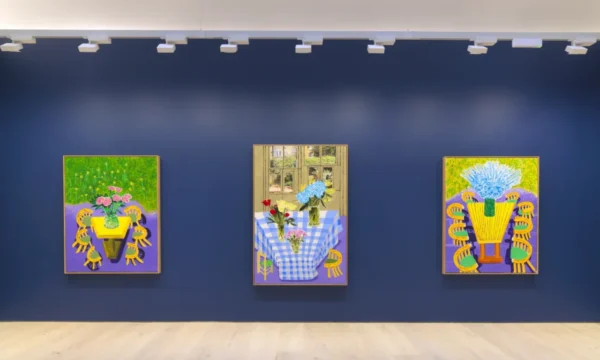
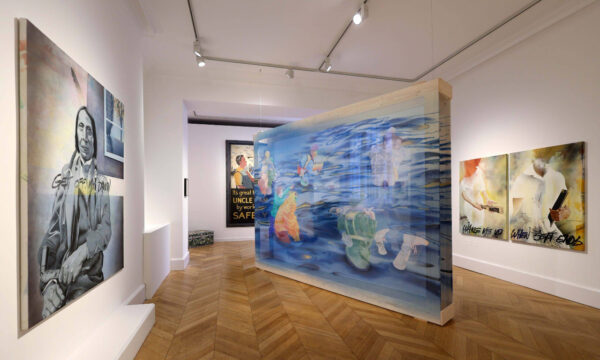
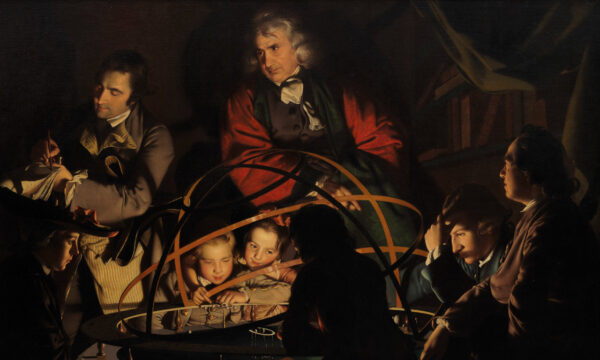
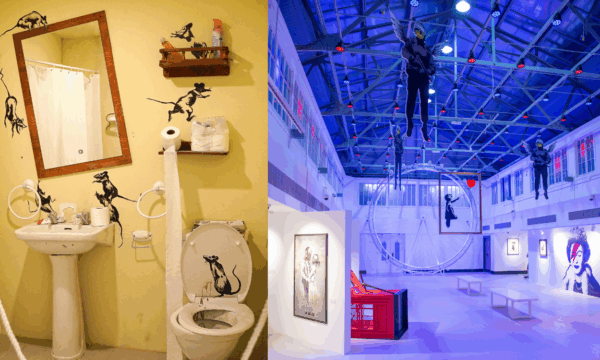
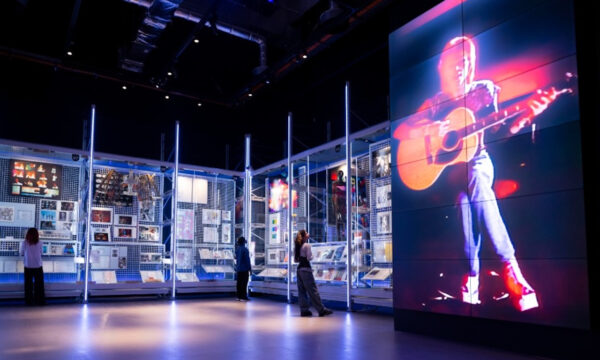
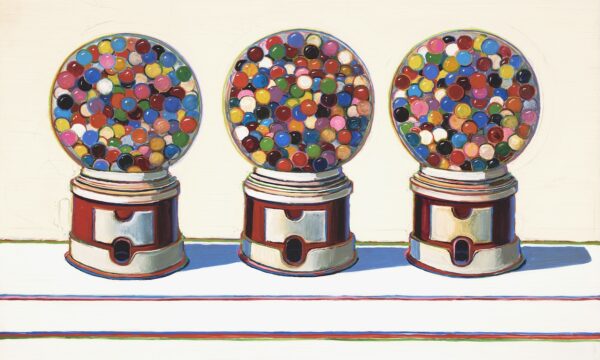
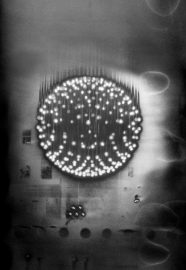
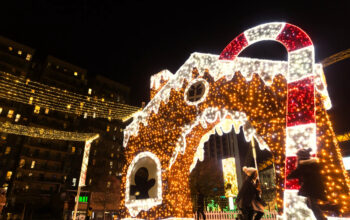













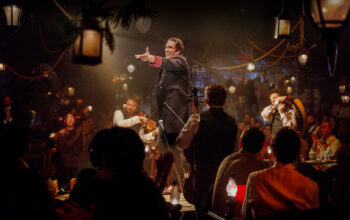
Facebook
Twitter
Instagram
YouTube
RSS